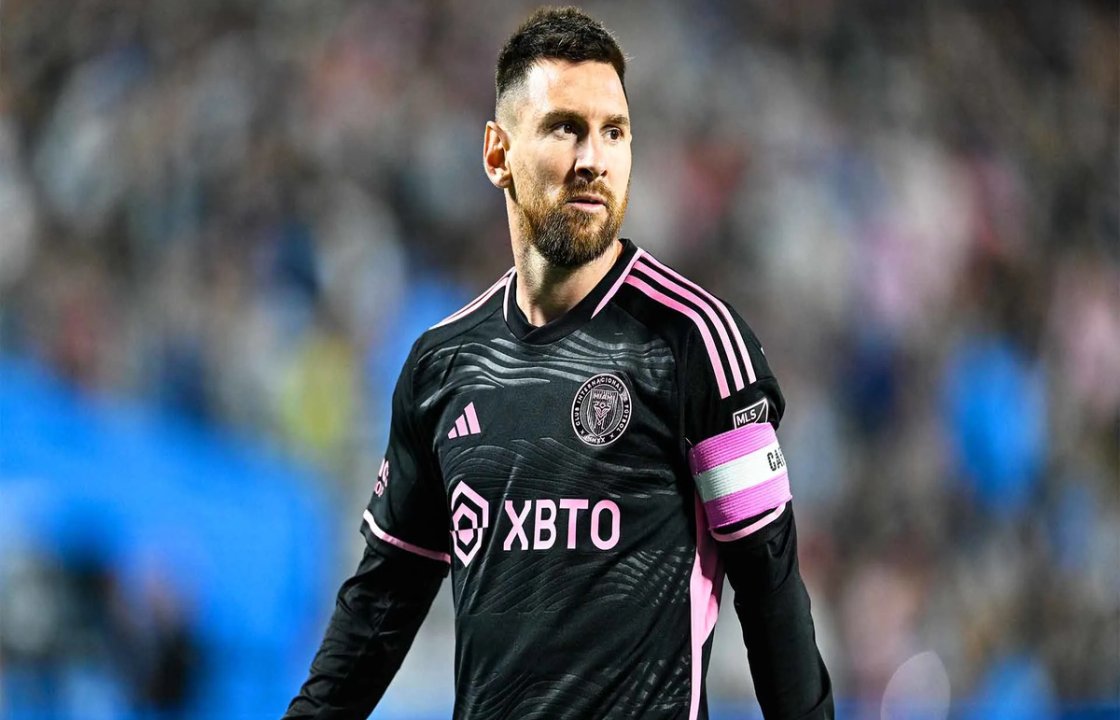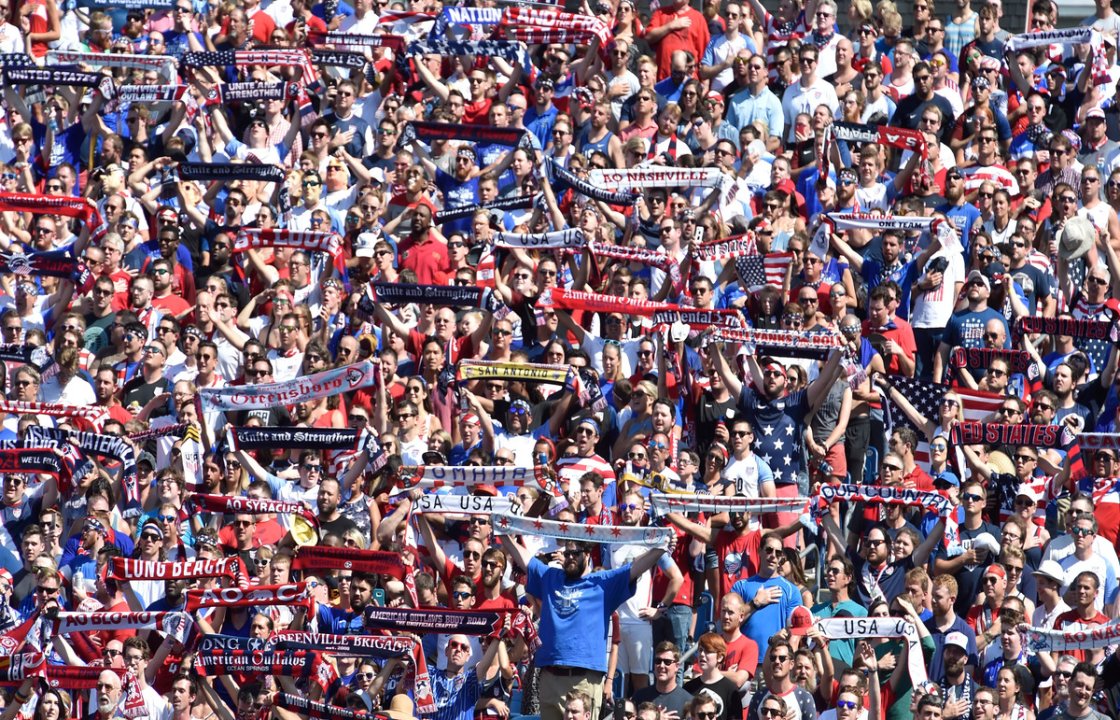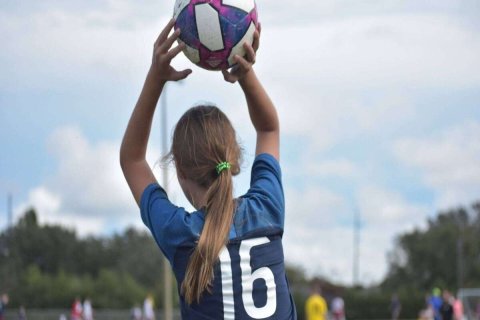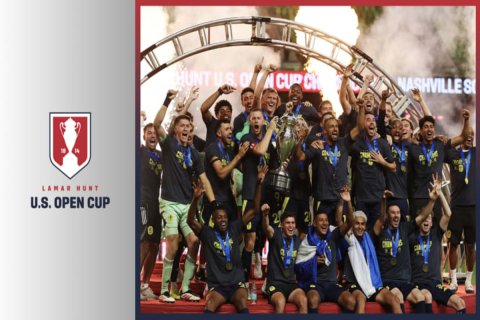Soccer in the U.S. has evolved from a niche sport to a cultural phenomenon, and with it, the landscape of its fan base has undergone a dramatic transformation.
A New Generation of Soccer Enthusiasts
Once dismissed as a sport for suburban kids and international transplants, soccer has firmly planted its roots in American culture. The new wave of fans is younger, more diverse, and digitally connected. Social media has turned soccer into a 24/7 experience, where fans follow their favorite teams, interact with players, and engage in global discussions instantly. Streaming services have broken barriers, allowing Americans to access European, South American, and international leagues without limitations.
The Rise of MLS and Domestic Pride
Major League Soccer (MLS) was once considered a second-tier league, struggling to gain legitimacy. Today, it is an expanding, globally respected entity attracting world-class players and passionate supporters. The arrival of international superstars like Lionel Messi has further legitimized the league, drawing in traditional sports fans who previously overlooked the game. American soccer culture has grown beyond just the World Cup; domestic club loyalties are now deeply ingrained in cities across the country.

The Influence of Globalization and Immigrant Communities
The U.S. has long been a melting pot, and soccer is a perfect reflection of that diversity. Immigrant communities have played a massive role in keeping the sport alive, passing their love for the game to younger generations. Cities like Los Angeles, New York, and Miami are home to thriving soccer cultures influenced by Latin America, Europe, and Africa. As a result, the fan experience has become more passionate, vibrant, and multicultural, resembling the fervor seen in traditional soccer powerhouses around the world.
The Growth of Women’s Soccer and Gender Equality in Fandom
The rise of the U.S. Women’s National Team (USWNT) has created an entirely new dynamic in American soccer fandom. With their record-breaking victories and advocacy for gender equality, they have brought in a significant wave of female fans who see themselves represented at the highest level. Women’s soccer is no longer a secondary attraction—it is a powerful movement that has inspired young girls and boys alike, reshaping how the sport is consumed in the U.S.
From Casual Viewers to Die-Hard Supporters
Soccer fans in the U.S. are no longer just casual viewers tuning in for the World Cup. Supporters’ groups have emerged in force, bringing the passion of European and South American fan cultures to American stadiums. Chants, tifos, and tailgates are now part of the game-day experience, creating a unique soccer culture that blends international traditions with American sports enthusiasm. Clubs like Atlanta United and Seattle Sounders have drawn massive crowds, proving that the demand for soccer is not just growing—it is thriving.

The Future of Soccer Fandom in the U.S.
With the 2026 FIFA World Cup set to be hosted in North America, the sport is poised for another massive leap forward. The upcoming tournament will not only introduce millions of Americans to high-level international competition but also solidify soccer as a mainstream force in the sports world. Youth participation continues to rise, ensuring a steady stream of homegrown talent and engaged fans for generations to come. As the sport continues to evolve, one thing is clear—the face of soccer fandom in the U.S. is more passionate, diverse, and committed than ever before.
SIA Academy and the Development of the Next Generation of Fans
As soccer continues to grow in popularity in the U.S., institutions like SIA Academy are playing a crucial role in shaping the next generation of players and fans. By providing elite training programs, international exposure, and a professional development pathway, SIA Academy is fostering a deep-rooted love for the game in aspiring athletes. The academy’s commitment to excellence and global perspective ensures that young American players are not just participants but also ambassadors of the sport, contributing to the ever-changing soccer culture in the U.S.






